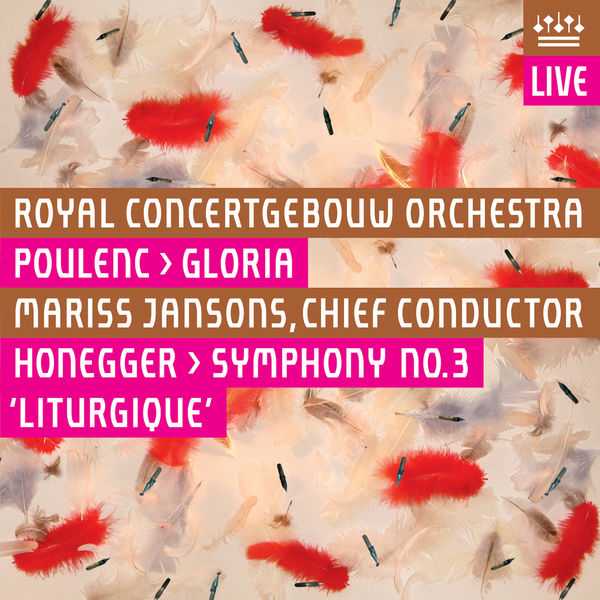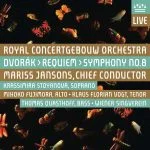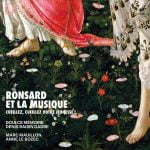

Composer: Arthur Honegger, Francis Poulenc
Performer: Luba Orgonásová, Netherlands Radio Choir
Orchestra: Royal Concertgebouw Orchestra
Conductor: Mariss Jansons
Format: FLAC (tracks)
Label: RCO Live
Catalogue: RCO06003
Release: 2006
Size: 841 MB
Recovery: +3%
Scan: cover
Poulenc: Gloria
01. Gloria
02. Laudamus te
03. Domine Deus
04. Domine Fili unigenite
05. Domine Deus, Agnus Dei
06. Qui sedes ad dexteram Patris
Honegger: Symphony No. 3, H186 ‘Liturgique’
07. I. Dies Irae: Allegro marcato
08. II. De profundis clamavi: Adagio
09. III. Dona nobis pacem: Andante
In spite of the criticism it has received for its alleged flippancy, irreverence, and blithe disregard for the syllabic emphasis of the text setting, Poulenc’s Gloria remains one of his most beloved works. Mariss Jansons leads the Royal Concertgebouw Orchestra and the Netherlands Radio Choir in a vigorous performance of the piece with Luba Orgonásová as soprano soloist. Jansons doesn’t shy away from the work’s cheekiness, and with the full complicity of the orchestra and chorus, delivers a satisfyingly gleeful reading. Orgonásová, who has the most consistently reverent music in the score, sings radiantly.
A huge emotional gulf separates Poulenc’s carefree Gloria from Arthur Honegger’s anguished Symphony No. 3 “Liturgique,” written immediately after the Second World War. Its three movements are titled “Dies Irae,” “De Profundis,” and “Dona Nobis Pacem,” but the symphony is even more programmatic than the titles suggest. Honegger described the music as a symbolic struggle between misery, happiness, and man, and the theme of conflict is dominant in each movement. The tumultuous first movement recalls Prokofiev at his most violent, and the second, while calmer, is a disconsolate cry from the depths. The third movement is troubled, with strong musical allusions to military imagery and settles into the desired peace only at the end. Jansons leads the orchestra in a vigorous reading of the colorful and turbulent score. The live recording has clean, transparent sound, and virtually no audience noise.



